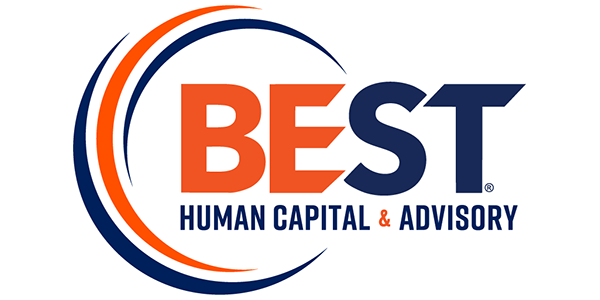
5+ Reasons to Join Us at Cultivate’23 and Grow Your Business
We look forward to seeing you July 15-18th at Cultivate’23 in Columbus, Ohio – the Green Industry event offering countless opportunities to grow your business and enhance your career. We will be there with five in-person educational sessions on extremely timely industry topics such as compensation, talent, succession and exit planning, and more that you […]








